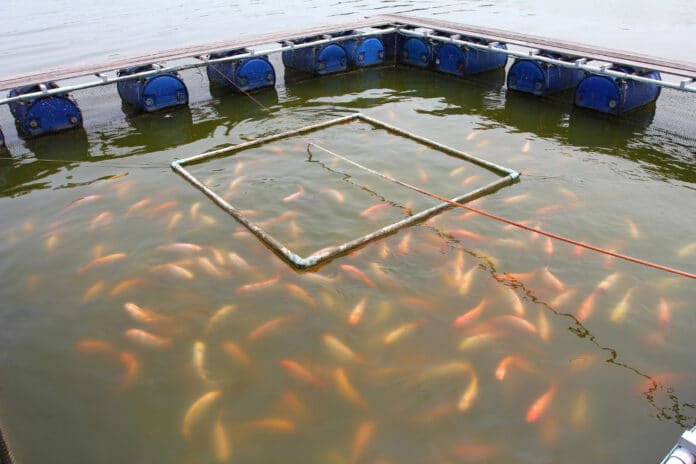Stormwater runoff from roads, parking lots, and similar impervious surfaces is a ubiquitous source of pollution to aquatic ecosystems. Storm events mobilize complex mixtures of chemical contaminants, some of which have been a focus of ecotoxicological study for decades (e.g., metals and petrochemicals), while others have only recently been identified as emerging concerns for the health of aquatic species.
The study led by Washington State University discovered that a simple and inexpensive method of filtering urban stormwater runoff boosted the survival of newly born coho salmon.
The findings are similar to previous research on adult and juvenile coho, which revealed that exposure to untreated roadway runoff, which frequently ends up in waterways during storms, resulted in 60% or higher mortality. The mortality rate from runoff exposure was 87% for coho hatchlings in this research.
When the stormwater was passed through a biofiltration process, which consisted of layers of mulch, compost, sand, and gravel, nearly all of the coho hatchlings survived; however, many of the resultant fish had smaller eyes and body sizes than the control group.
Lead author Jen McIntyre, an associate professor in WSU’s School of the Environment, said, “This study highlights how vulnerable the fish are as soon as they hatch to the toxic impacts of stormwater runoff. Biofiltration appears to be very effective at preventing acute lethal toxicity. We also found that it prevented some of the sub-lethal effects but not all.”
Researchers set up experiments with around 8,400 fertilized coho eggs, placing a subset of runoff produced by 15 storms in the Seattle area to better understand runoff impacts and possible solutions. The water contains a variety of pollutants, including dissolved metals and polycyclic aromatic hydrocarbons, a chemical type linked to fossil fuels.
Coho eggs have a tough shell, and all embryos survived the various treatments. However, after they hatched, most of the young fish, known as alevins, in the batch exposed to the runoff died.
The high mortality at various freshwater coho life stages may explain why coho have disappeared from some streams.
The experiments were conducted before discovering the tire-related compound 6PPD-quinone, which is highly toxic to coho salmon. The researchers then exposed another batch of alevins to biofiltered runoff, which eliminated most toxins, and those fish survived at rates similar to a control group grown in only clean water.
While very affordable, adopting Biofiltration does present certain challenges, primarily because it requires the creation of land specifically for these designed soil systems. Green infrastructure is currently required for all new developments in Washington state. However, the vast majority of existing built environments need it.
More Biofiltration would help coho and other fish sensitive to urban runoff, such as steelhead. However, primary author Jen McIntyre says it is only one part of the solution.
She said, “We also need to pay more attention to source control, finding the worst chemicals. Rather than rely on filtering them at the end, we can do more to prevent them from getting into the runoff in the first place.”
Journal Reference:
- Jenifer K. McIntyre, Julann Spromberg, et al. Bioretention filtration prevents acute mortality and reduces chronic toxicity for early-life stage coho salmon (Oncorhynchus kisutch) episodically exposed to urban stormwater runoff. Science of the Total Environment. DOI: 10.1016/j.scitotenv.2023.165759
